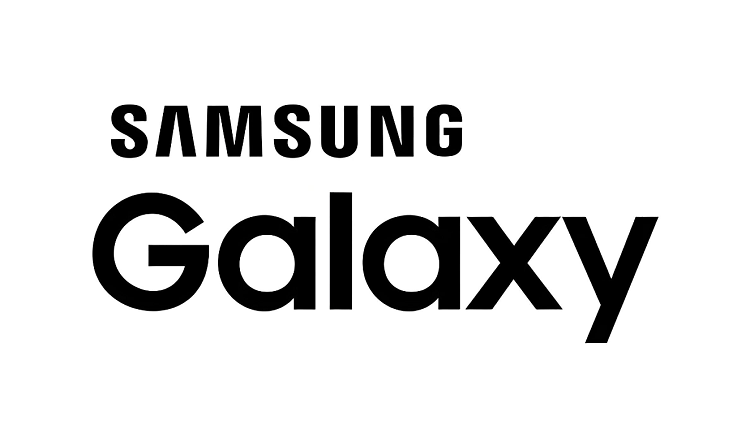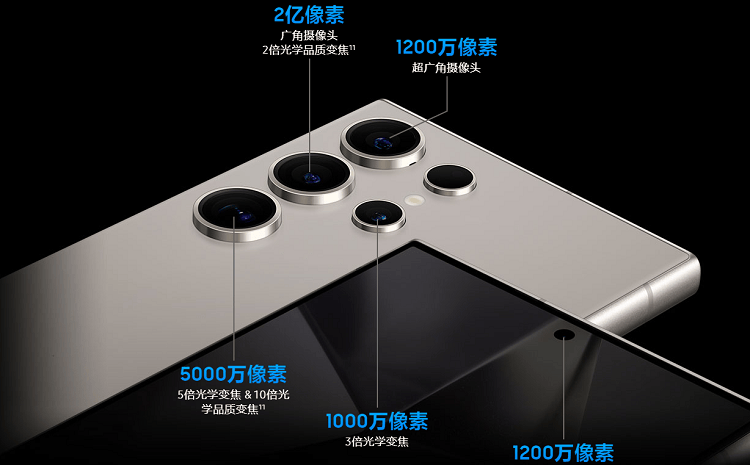Is it better than Huawei? Samsung Galaxy S25 Ultra's imaging system gets a major upgrade, with the addition of variable focal length for the periscope telephoto lens
![]() 05/15 2024
05/15 2024
![]() 528
528
Not long ago, Huawei released the Pura 70 series smartphones, and the retractable lens adopted by the main camera has attracted everyone's attention. People are also curious about this "brand-new" retractable lens, but the lens only has a retractable function and does not provide zoom capability, which discounts its practicality.
Samsung also plans to make some adjustments to the imaging system of its next-generation S series smartphones. Recently, overseas sources revealed the prototype news of the Samsung Galaxy S25 Ultra.

First, the rear camera of the Samsung Galaxy S25 Ultra will no longer use four lenses, removing one telephoto lens, leaving only three lenses: ultra-wide-angle, main camera, and periscope telephoto. However, the sensor size and pixel count of the main camera will remain unchanged, but the amount of light entering will increase, and there will be no significant changes to the ultra-wide-angle lens.

Figure: Samsung Galaxy S24 Ultra
And the biggest upgrade is that, in addition to using a larger sensor for the periscope telephoto lens of the Galaxy S25 Ultra, it will also incorporate a variable focal length function. However, unlike the continuous variable focal length on the Sony Xperia 1 V, the periscope telephoto lens of the Galaxy S25 Ultra only has two fixed focal lengths.
In other words, one periscope telephoto lens of the Galaxy S25 Ultra can be used as two telephoto lenses with different focal lengths. The leaked news suggests that one focal length has a zoom ratio between 4-5 times, while the other has a zoom ratio between 6-7 times. However, it is still in the engineering prototype stage, and the final achieved zoom focal length remains to be verified.

The realization of variable focal length function in mobile phones essentially utilizes the retractable characteristics of the lens, achieving focal length changes through the lens's extension and retraction. This differs from the purpose of Huawei Pura 70 Ultra, which controls the thickness of the lens module through the retractable lens. Ideally, a mobile phone lens could achieve continuous optical zoom in the future. Of course, the premise for its use is that the image quality of continuous optical zoom is acceptable, which still requires some time to achieve.








